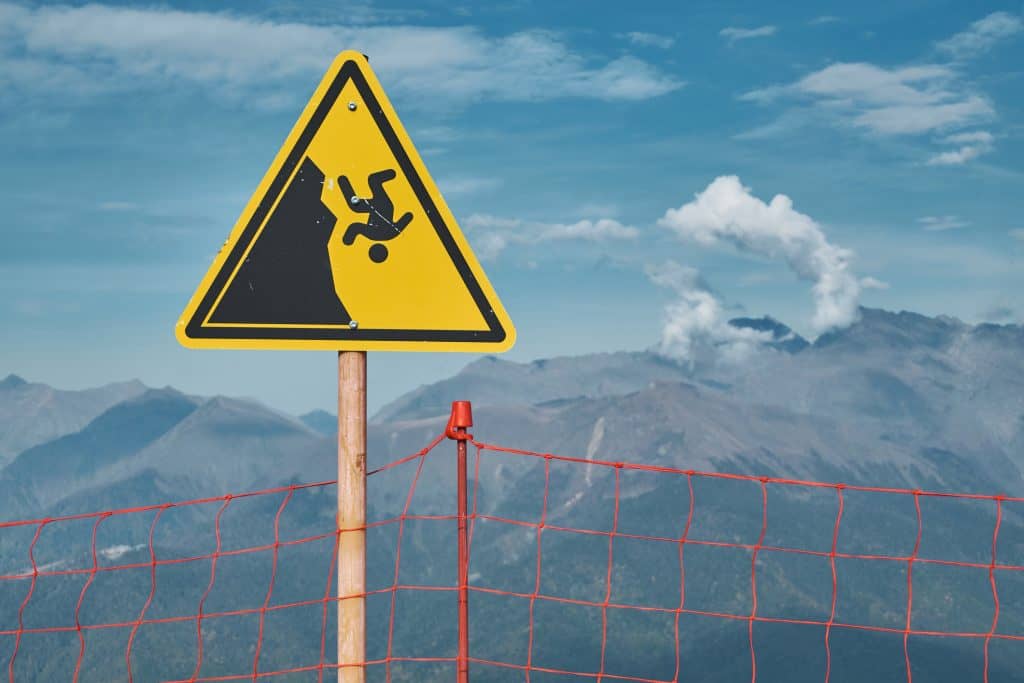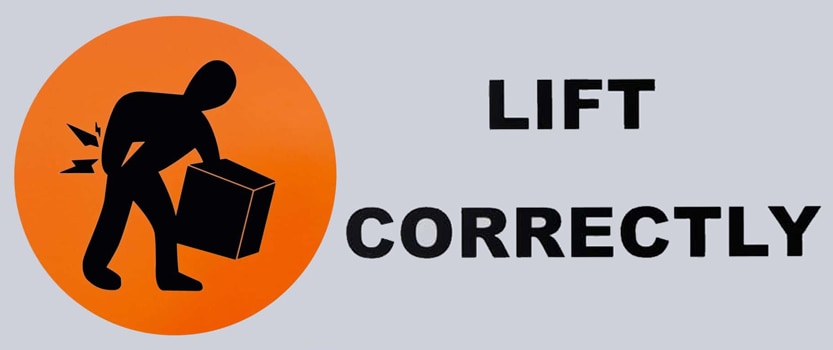It is not possible to write as many occupational health and safety (OHS) articles as I would like to, and my newspaper clippings files are bulging by the time I get some time to tidy up. The Australian Financial Review (AFR) is an expensive business newspaper that often touches on OHS matters even though OHS may not be the core of the story. Below is a short discussion of many of those clippings from 2020. Most of the AFR articles are paywalled but can often be tracked down through other measures.
Category: training
The myth of “correct lifting technique” persists
In 2017 Work Health and Safety Queensland (WHSQ) released this advice about reducing the physical risks associated with manual handling:
“The research evidence shows that providing lifting technique training is not effective in minimising the risk of injury from manual tasks.”
So why is “correct lifting technique” still being included in safety procedures and Safe Work Method Statements (SWMS) three years later?
Resilience training remains contentious
The issue of resilience training and its role in managing workplace mental health continues to confuse at a recent mental health conference.
Yesterday, several experts were critical of resilience training or, more accurately, the over-reliance on worker-focussed interventions when evidence shows that more sustainable benefits are obtainable by addressing the structural factors leading to poor mental health at work. One of the experts specifically said that resilience training may be relevant to emergency services workers where their workplaces are so dynamic that it is almost impossible to anticipate mental health hazards.

Oral biffo over safety in Queensland Parliament

Before Christmas, the Victorian Government will be presenting a Bill for Industrial Manslaughter laws to the Parliament. The core elements of accountability and penalty are expected to be little different to the Bill that failed to pass Parliament earlier this Century by a bee’s whatsit. The debate is likely to be on the same benefits and costs, so one can reread Victoria’s Hansard from 2002 or look at the debate in Queensland Parliament last week where that Government’s “Safety Reset” has generated arguments about which party is more committed to occupational health and safety (OHS).
Fence or Ambulance?

The other week Lucinda Brogden, one of Australia’s Mental Health Commissioners participated in a three day suicide prevention conference, concluding the week as a keynote speaker at an occupational health and safety (OHS) seminar. Her commitment to keep focusing on the prevention of harm made her a comfortable fit for the largely OHS audience. Hopefully her influence is big on the Australian mental health policy makers.
Brogden reminded the audience of an 1895 poem by Joseph Malins which discusses the prevention of harm through the analogy of putting a fence at the cliff edge to stop people falling rather than having an ambulance at the bottom of the cliff to collect the dead and injured. It is unlikely that Malins was thinking of workplace safety with this poem but, as a temperance activist, it is certain he was thinking about health. Regardless, the imagery is a useful and simple illustration of the advantages in the prevention of harm, and not just in relation to mental health.
Are the workers safe?
At the
HR and OHS need to be playmates now more than ever
One of the fascinating elements of this year’s National Comcare conference is the conflict between the Human Resources (HR) approach to occupational health and safety (OHS) and workers compensation, and the OHS approach to psychosocial hazards. This is not the fault of Comcare as the audience is a peculiar mix of both professions.
The difference was on display when some presenters focused on the post-incident care and, almost entirely, on interventions on the individual. Other presenters focused on the prevention of physical and psychological injuries – the OHS approach. The former seemed warmly embraced by the HR professionals. There were other speakers, or parts of their presentations, where prevention was almost mentioned as an afterthought and even then omitting references to their organisation’s own OHS publications.
There has always been a structural and ideological separation of the professions


